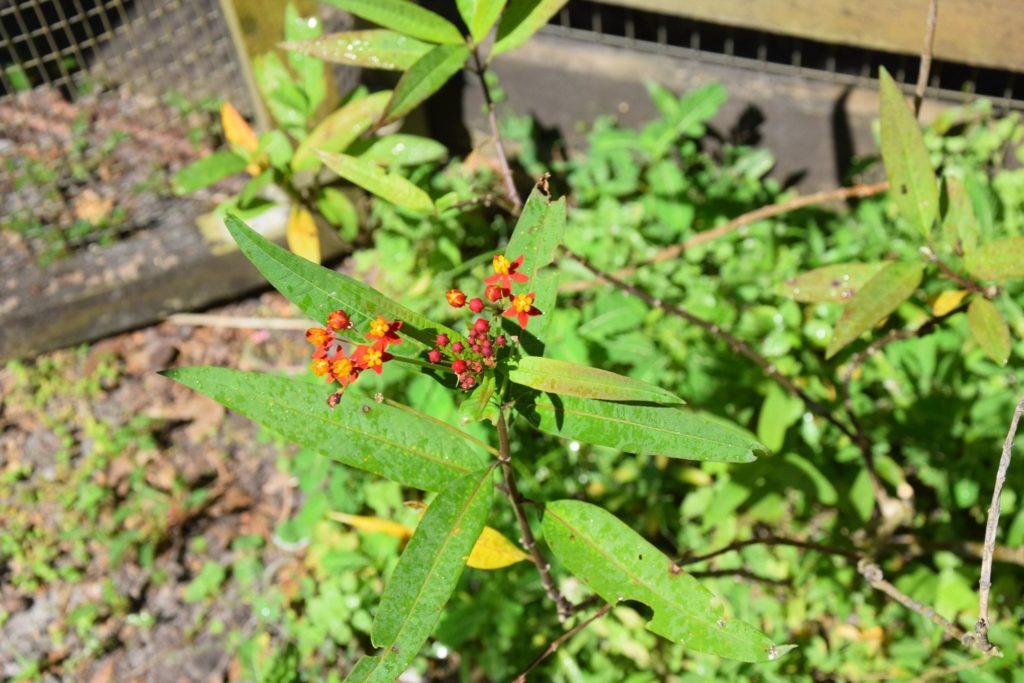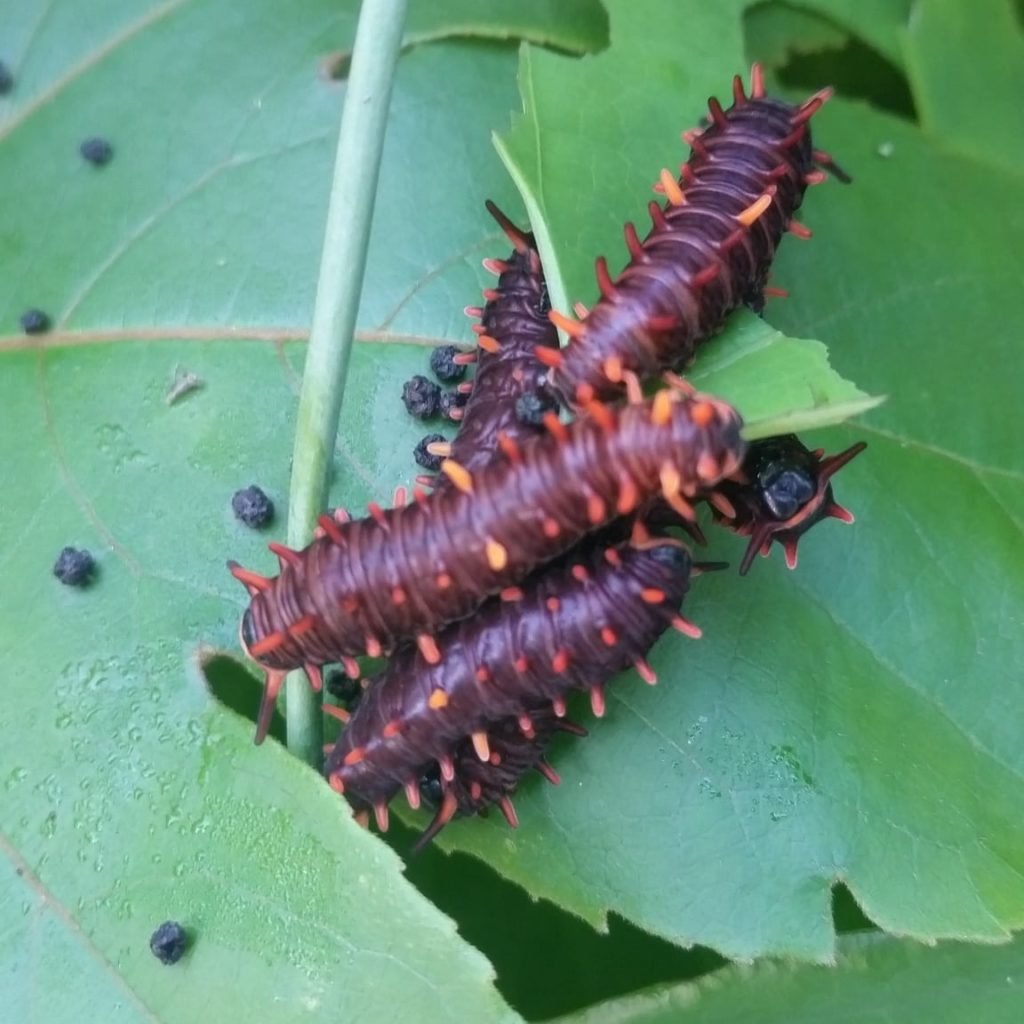How to Create a Butterfly Paradise

Whether you are looking for ways to teach your family about the earth and nature, or you just would like to make your home a relaxing and peaceful place, creating a butterfly habitat can help. It doesn’t take much, just a little bit of time and patience and your family can have a lovely butterfly paradise.
A butterfly enjoying some of the plants in my garden
Unfortunately, four butterflies and over 60 moths have become extinct over the last century. Not only do butterflies bring a pleasant aesthetic to your garden, but they are also very important pollinators (just like the bees) and without them, plants may have a hard time spreading and surviving. In addition to all of the help that they give the flowers, their life-cycle is a great way for your family to watch and learn about how creatures change and grow. Watching the caterpillar build his cocoon and go through the metamorphosis to become a butterfly will amaze younger children and will give older children some food for though.
Your child will learn how to be a good steward of our environment by caring for the garden, learning about the importance of native plant species and the life cycle of the butterfly: egg, caterpillar (or larva), chrysalis (or pupa) and butterfly.

You will first need to find the right location in your yard which gets plenty of sun and is protected from the wind and pesticides. If you have poor soil, supplement with store bought soil or compost. Find a post, fence, or lattice that you can use to help grow the plants. Butterflies, especially monarch butterflies, love milkweed, and although they can drink the nectar of other flowers, the milkweed nourishes them for longer periods of time. In Florida, we tend to see butterflies for longer periods of time because of our warm climate.
Next, choose a few host plants which butterflies can lay their eggs on and caterpillars can eat like Milkweed, Butterflyweed, Privet Cassia, Bahama Cassia, Maypop Passionvine and Corky Passionvine. Then, choose a few nectar plants for adult butterflies to feed on such as Pentas, Lantana, Salvia, Firebush, Butterflybush, Anise Hyssop, Blazing Star, Tropical Sage, Godenrod, Tampa Mock Vervain, Scorpion Tail, Beach Sunflower, Ironweed, Spanish Needles, and Blanket Flower.
Many of the plants including the milkweed and vines are available locally at Duncheon’s Nursery. You can also shop for seeds online. Remember, when you choose and plant your seeds, try to purchase organic seeds and refrain from the use of pesticides when you are planting because this can cause a threat to butterflies and caterpillars.
Swallowtail feeding on Pentas, a Florida native plant in my yard
Butterflies need a place to rest, too! Find some flat, light colored stones and place around your garden. This will give butterflies a place to rest and bask in the warmth of the sun. Build a few puddling sites as well like a sandy or muddy area you can keep moist to provide a place for butterflies to drink.
Not only is this type of garden great for the butterflies, but it is lovely to look at and can help the local bee population as well. Just about any Florida native plant that blooms attracts butterfly’s, hummingbirds and bees (which are a must have for a healthy garden). Bees may seem like a concern because of allergies, however they typically won’t sting you because they are far more interested in the flowers than in the people.
Remember (according to Monarch Joint Venture):
- Gardens should be planted in sunny spots, with some protection from the wind.
- At least one milkweed species that is native to the area will provide food for monarch caterpillars.
- A variety of nectar plants with staggered bloom times give butterflies and other pollinators a continuous food source. Include a combination of early, middle and late blooming species to fuel butterfly breeding and migration.
- Try not to over-water each plant, remember it will receive lots of rain naturally during the summer and fall months.

Did you know Florida has more butterfly species than any other state east of the Mississippi River? There are more than 100 species of butterflies in Hillsborough County alone according to Kristen Gilpin at MOSI. Species include the Monarch, Queen, Zebra Longwing, Gulf Fritillary, Giant Swallowtail, Cloudless Sulfphur and Great Southern White. Consider sparking your child’s artistic side by allowing them to photograph the butterflies in their garden or draw a picture in a booklet so they can track the progress of their beautiful garden.
During the fall and the spring you may see a small surge in caterpillars, but have no fear! They will soon be beautiful butterflies. It only takes about a week for butterflies to start appearing in your garden, and part of the fun is watching for the first butterflies with the kids.